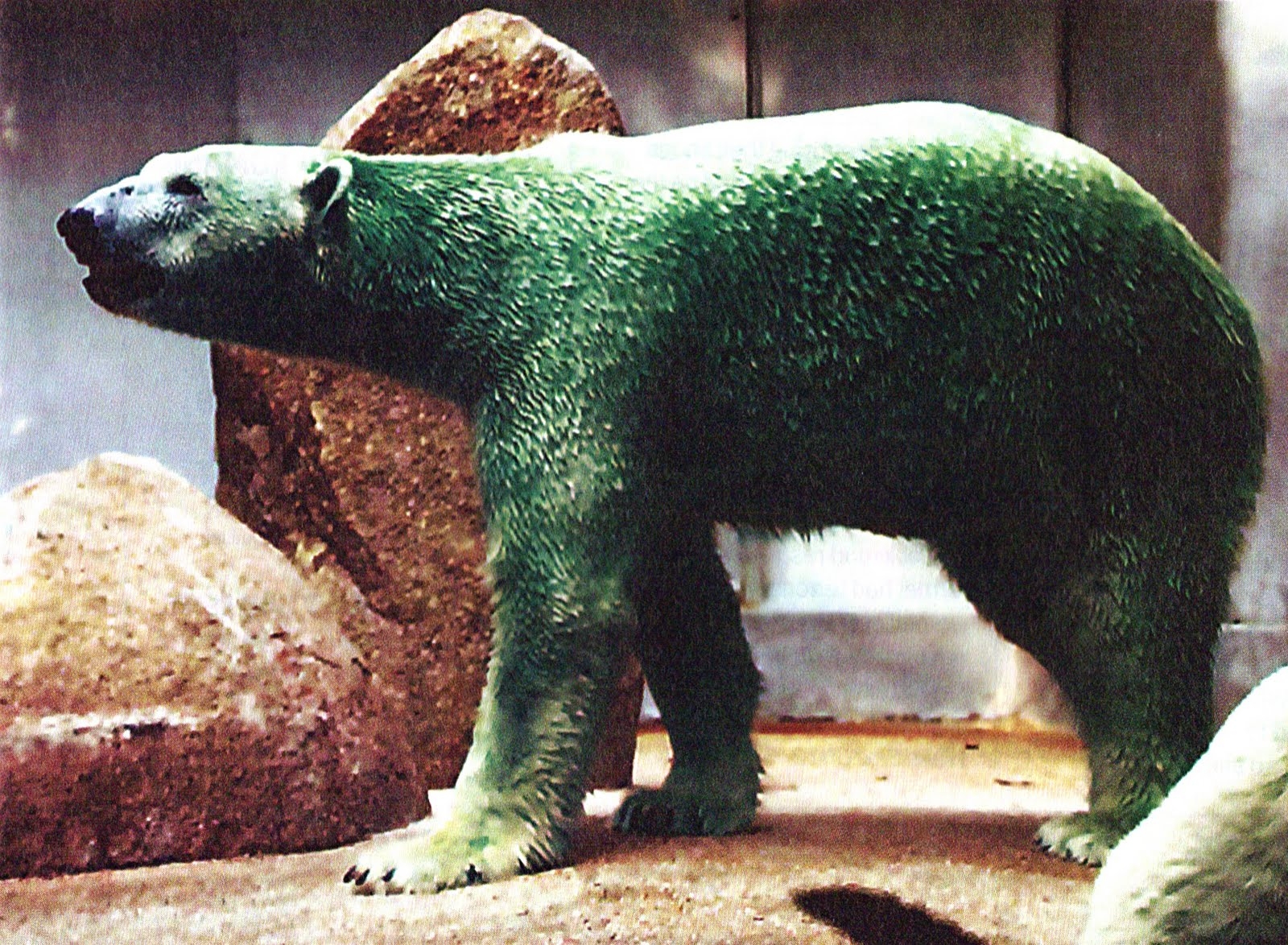Polar bears are iconic creatures of the Arctic, known for their massive size and white fur that helps them blend into their icy surroundings. However, the color of a polar bear’s fur is not actually white, but rather transparent!
Each hair shaft of a polar bear’s fur is pigment-free and hollow, which reflects light and gives the appearance of being white. This adaptation helps them stay camouflaged in the snow and ice, making it easier for them to sneak up on their prey.
Adaptation for Survival
While polar bears may appear white, their fur is actually made up of translucent hollow tubes that trap and reflect light, creating the illusion of a white coat. This adaptation is crucial for their survival in the harsh Arctic environment, where they rely on stealth and camouflage to hunt seals on the ice.
Additionally, the thick layer of blubber beneath their fur also helps insulate them from the cold temperatures of their icy habitat. This combination of fur and blubber allows polar bears to thrive in one of the coldest regions on Earth.
During the summer months, when the ice begins to melt, polar bears may appear more yellow or even greenish due to algae growth on their fur. This discoloration is temporary and typically fades as they swim in the water and groom themselves to remove the algae.
Overall, the color of a polar bear’s fur is a remarkable adaptation that not only helps them blend into their environment but also provides insulation and protection from the extreme conditions of the Arctic. It serves as a reminder of the incredible diversity of adaptations found in the animal kingdom.
In conclusion, the color of a polar bear’s fur may not be what it seems at first glance. Their seemingly white coat is actually a clever trick of light and reflection, allowing them to thrive in their icy habitat. It’s just one of the many fascinating adaptations that make polar bears such incredible creatures of the Arctic.
